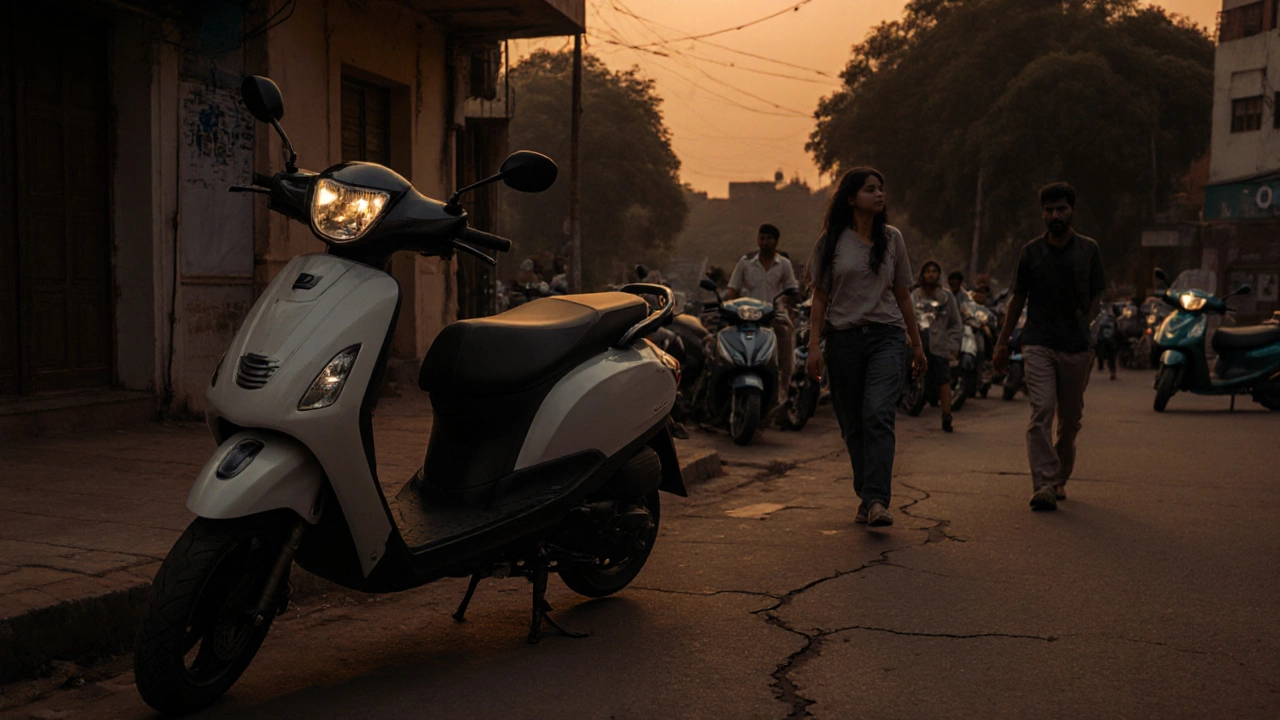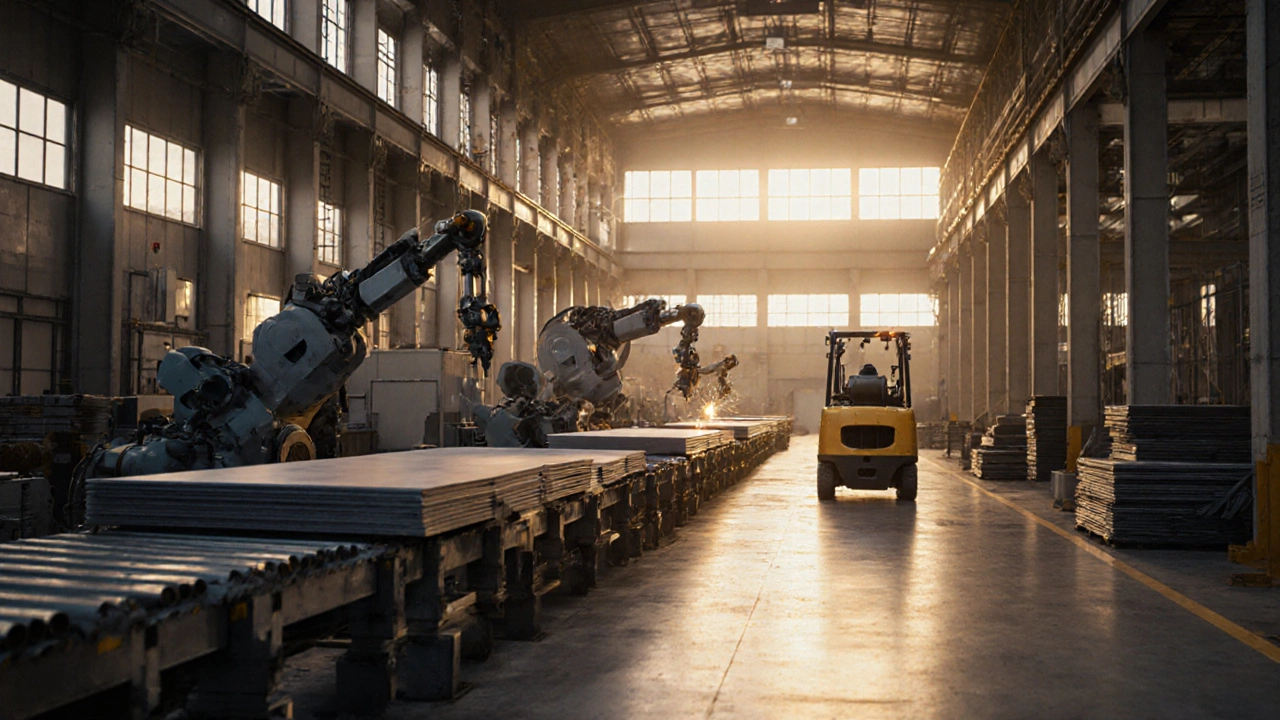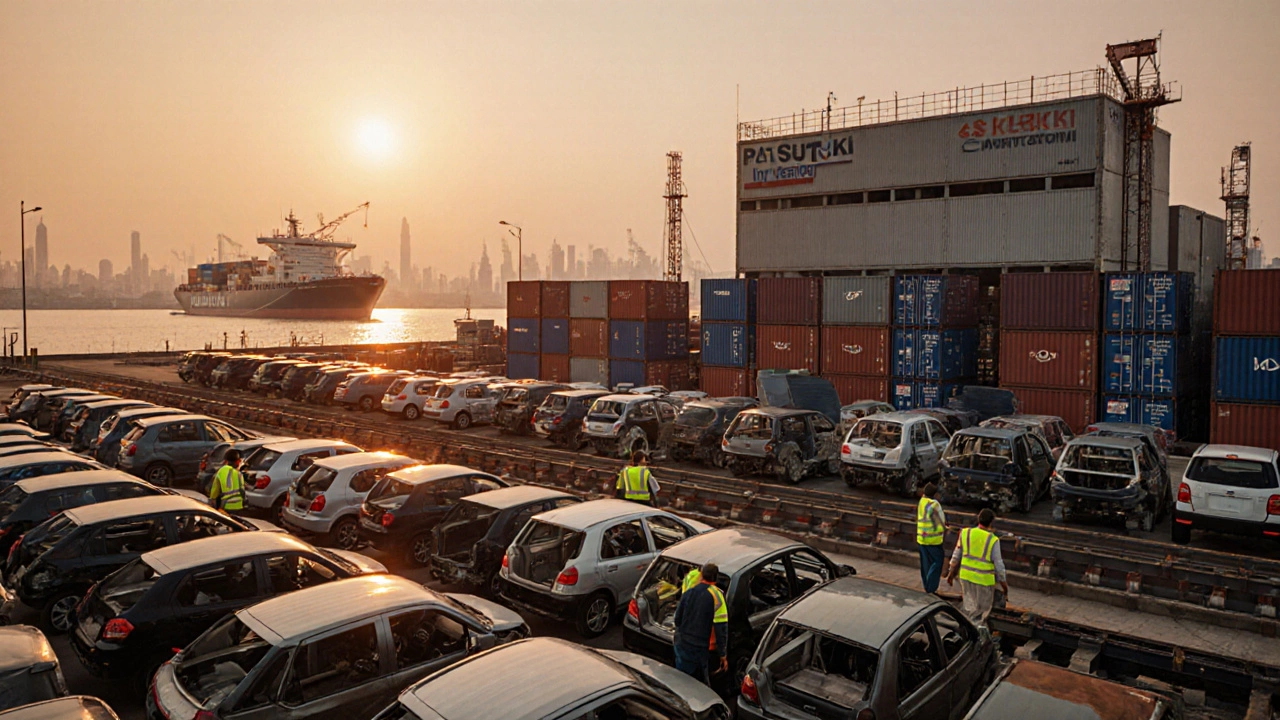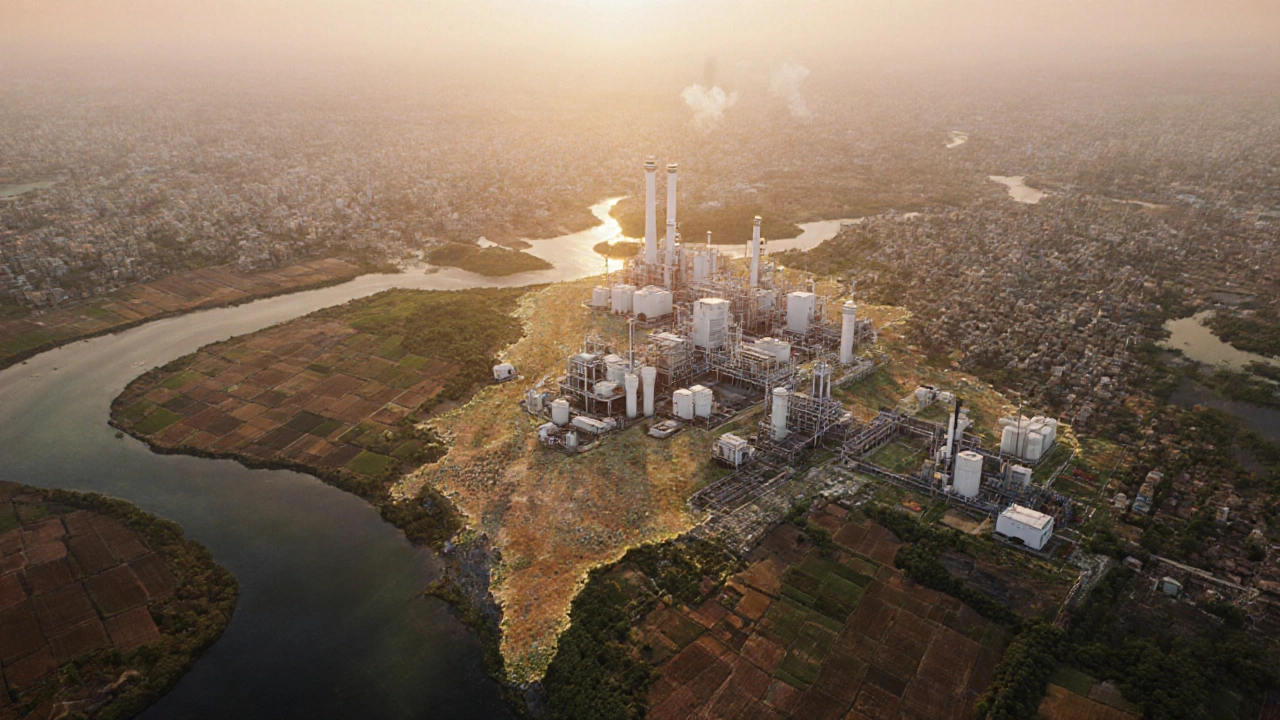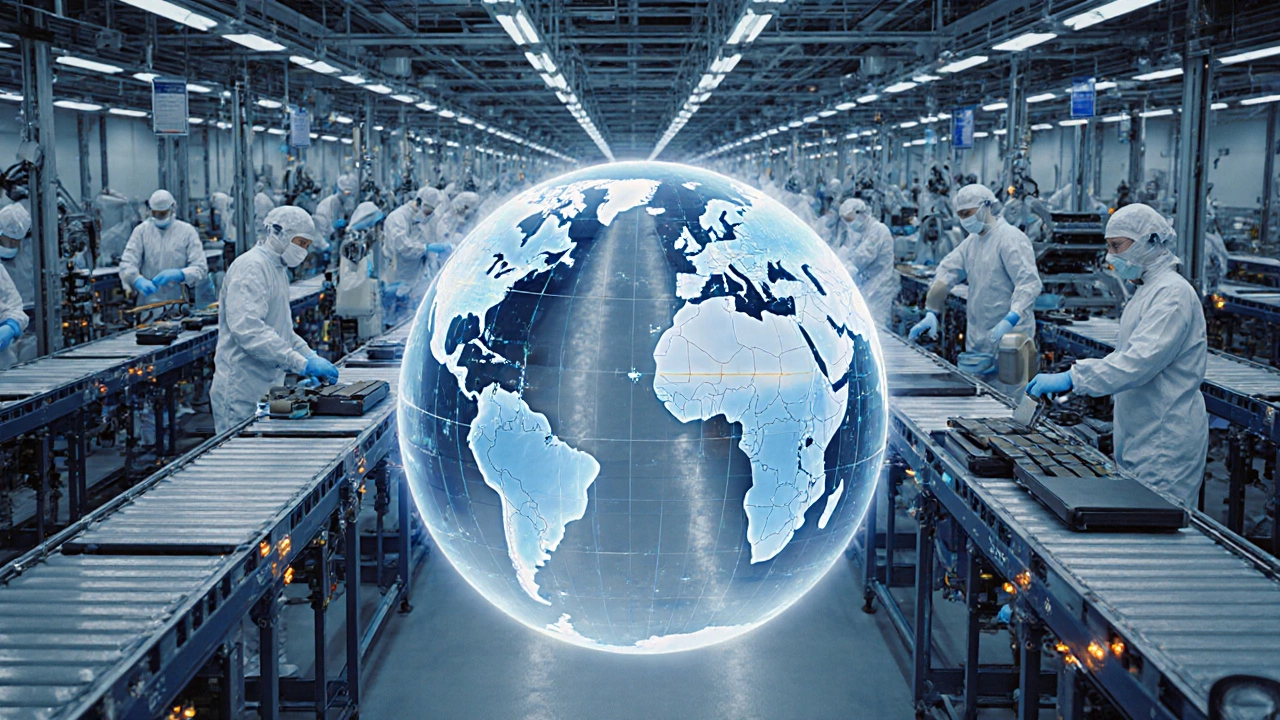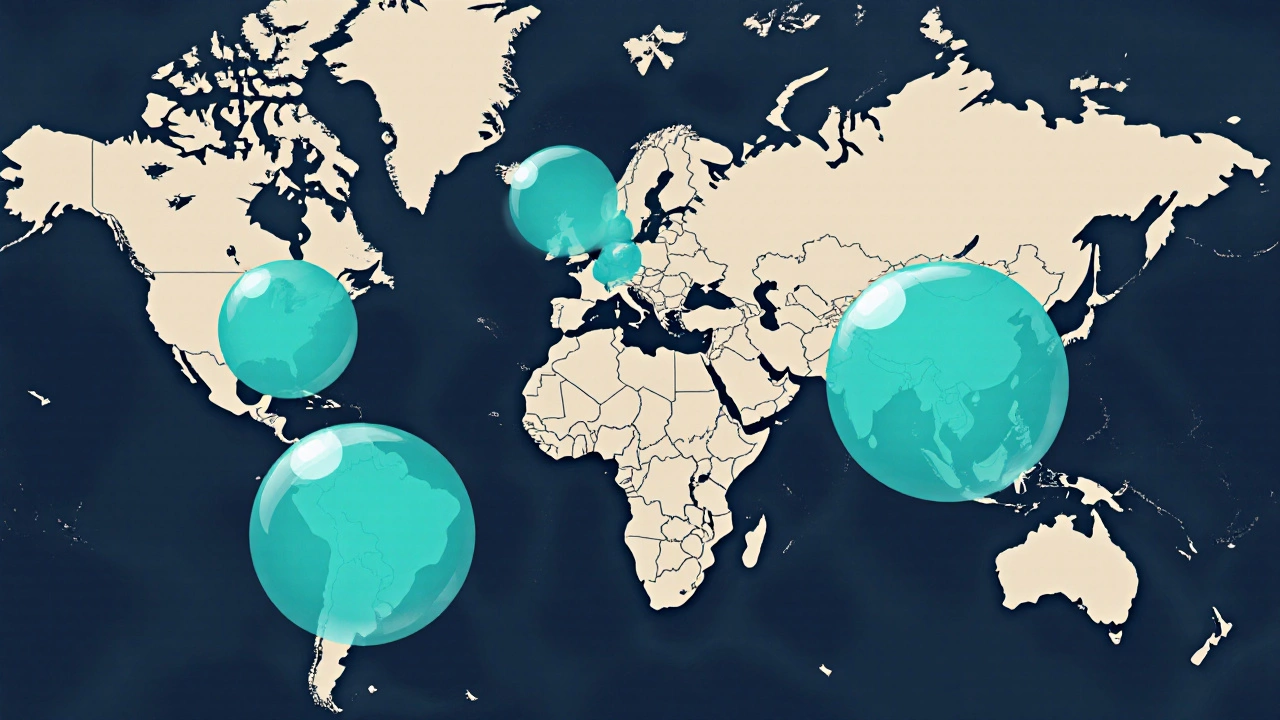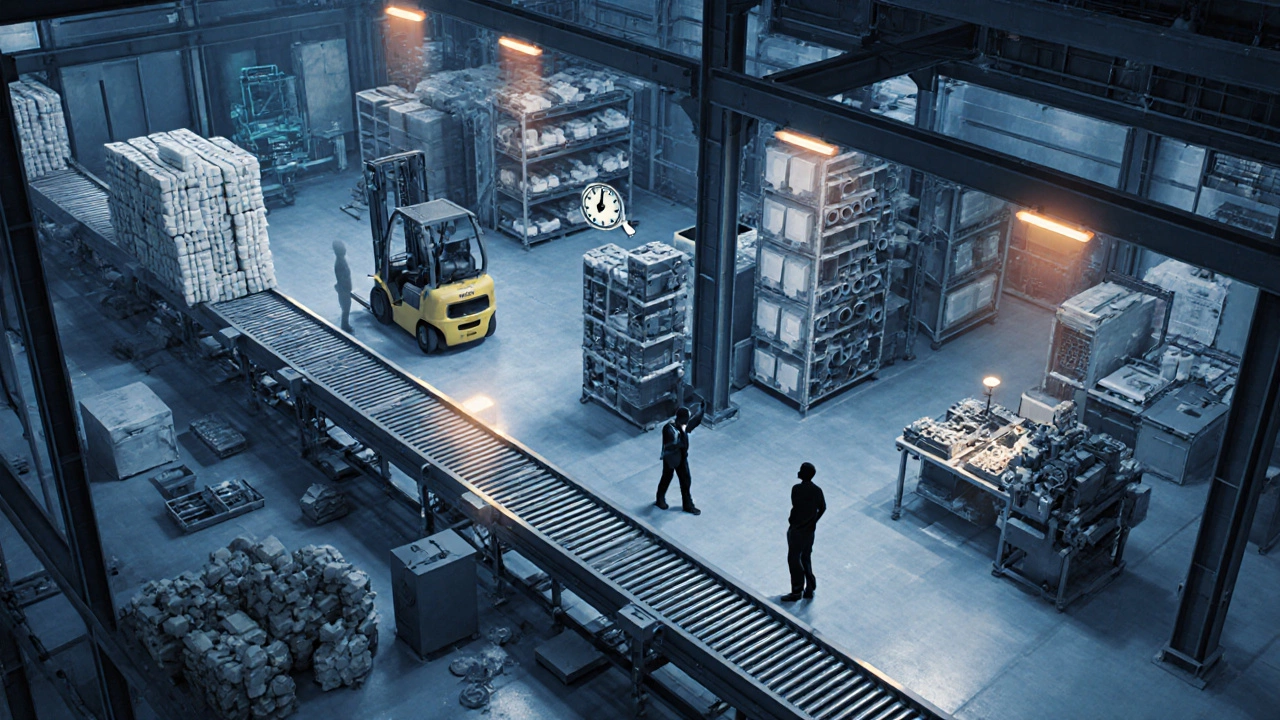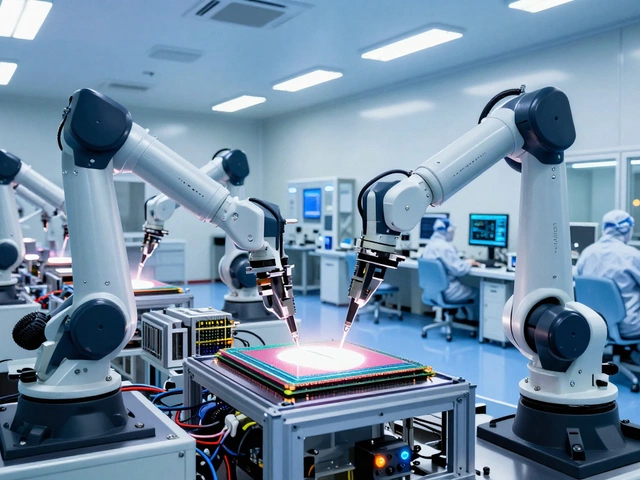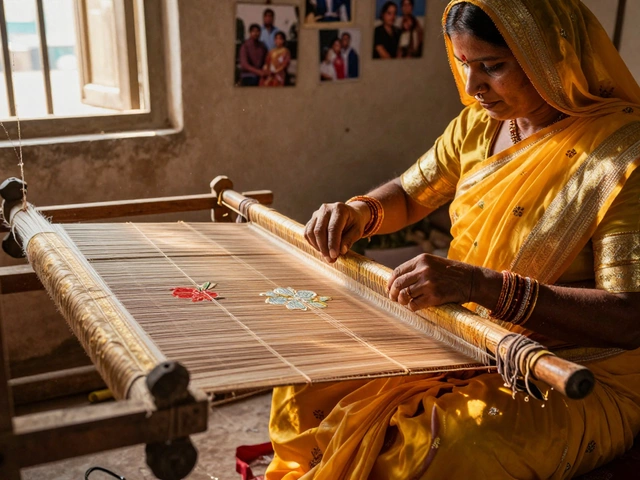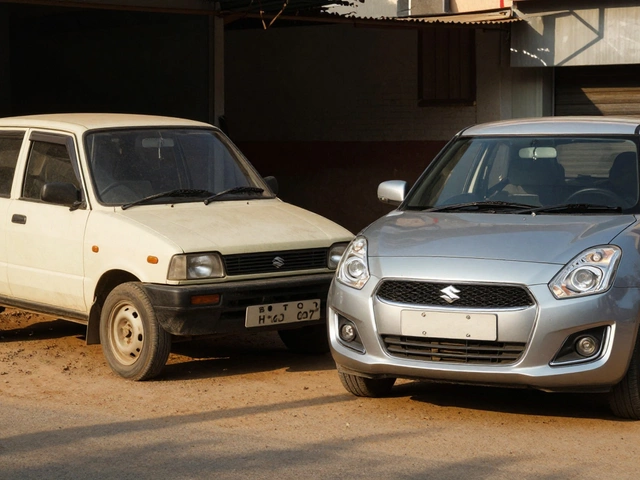Manufacturing Insights from October 2025: Plastic, Auto, and Industry Trends
When you think about manufacturing, the process of turning raw materials into finished goods at scale. Also known as industrial production, it’s the backbone of India’s economic growth, from tiny factories making food processors to massive plants churning out smartphones and pharmaceuticals. In October 2025, the focus wasn’t just on making more—it was on making smarter. What’s being produced, who’s producing it, and at what cost? The posts from this month dig into the real numbers, not the hype.
Plastic recycling, the system that sorts and reprocesses used plastic into new products. Also known as resin code recycling, it’s one of the most misunderstood parts of modern industry. The number 1 under your water bottle? That’s PET—easily recyclable, but often thrown away. Meanwhile, the top plastic manufacturers are still generating massive waste, and startups are trying to fix it. On the auto side, India’s car sales are dropping because of high prices, weak EV adoption, and outdated designs. Toyota pulled out. The question isn’t whether India can compete with China—it’s whether it can even keep up with its own market demands. And when it comes to pharma, India has over 12,400 licensed manufacturers, mostly clustered in Maharashtra and Gujarat, making it a global drug supplier but also a hotspot for regulatory scrutiny.
Manufacturing costs, the total expenses involved in setting up and running a production facility. Also known as factory startup expenses, they’re what keep entrepreneurs awake at night. Starting a small factory in India? You need land, licenses, machines, and cash for compliance. The difference between breaking even and going under often comes down to hidden fees and labor logistics. Meanwhile, the world’s top plastic maker is Dow, and the richest pharma company isn’t Indian—it’s American. But India’s textile output? Third in the world. That’s real. That’s measurable. That’s what matters.
What you’ll find below isn’t theory. It’s the raw, practical stuff professionals are talking about: why overproduction is the biggest waste, how restaurants use food processors, what fabrics Mumbai is known for, and why Pittsburgh still matters even though its mills closed. These aren’t random posts. They’re pieces of a larger puzzle—the real state of Indian manufacturing in 2025. Read them. Use them. Act on them.
What Is the Number 1 Under Plastic Bottles? Understanding Resin Identification Codes
The number 1 under plastic bottles identifies PET plastic, the most common material for water and soda containers. Learn what it means, how it's recycled, and why it matters for the environment.
Read MoreWhy Is the Indian Automobile Industry Falling Behind?
Indian automobile sales are dropping due to high prices, weak EV adoption, poor infrastructure, and outdated models. Why is the industry falling-and can it recover?
Read MoreWhat Are the 7 Flows of Manufacturing? A Clear Guide to How Things Get Made
Learn the seven key flows that drive manufacturing success - material, information, energy, financial, human, quality, and feedback. Understand how they connect and how to fix bottlenecks in your production process.
Read MoreTop Plastic Manufacturers Generating the Most Waste in 2025
Discover which plastic manufacturers generate the most waste, why they do it, and what actions can cut industrial plastic pollution.
Read MorePakistan Car Manufacturing: Current Landscape and Future Prospects
An in‑depth look at Pakistan's car manufacturing scene, covering current plants, policies, challenges, and future growth prospects for the auto industry.
Read MoreHow many pharma manufacturing companies are there in India?
India hosts roughly 12,400 licensed pharma manufacturing companies in 2025, with most located in Maharashtra, Gujarat and Karnataka. The article breaks down types, sources, and how to verify the count.
Read MoreWho Is the #1 Plastic Manufacturer in the World? 2025 Ranking Explained
Discover why Dow is the top plastic manufacturer in 2025, how rankings are determined, and what the other leading players look like.
Read MoreTop Trending Products Consumers Are Buying in 2025
Discover the product categories Australians are buying most in 2025, why they matter for manufacturers, and how startups can turn these trends into profitable ventures.
Read MoreHow Much Money to Start a Manufacturing Company? 2025 Cost Breakdown
Learn the real costs to start a manufacturing company in 2025, from equipment and premises to labor and compliance, plus funding tips and a sample budget checklist.
Read MoreTop‑selling Manufactured Item in 2025 - What’s #1?
Discover why the smartphone remains the top‑selling manufactured item in 2025, how its dominance shapes business ideas, and practical steps to enter the market.
Read MoreWhich Country Has the Most Car Brands? - Global Auto Brand Count 2025
Discover which nation hosts the most car brands in 2025, see a detailed country‑by‑country breakdown, and learn why the US, China, Japan and Germany dominate the automotive brand landscape.
Read MoreUncovering the Biggest Waste in Manufacturing and How Startups Can Eliminate It
Discover which waste hurts manufacturing startups the most, why overproduction leads the pack, and how to cut it with lean tools, audits, and real‑world examples.
Read More
